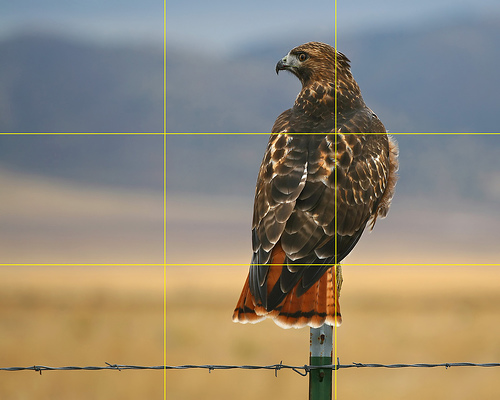Here’s a reader question that asks for recommendations for wide angle digital cameras suitable for real estate appraisers. Do you have some advice to offer this experienced real estate appraiser to help him get better images?
I’ve been a real estate appraiser for twenty years. Finding a true wide angle camera with a decent zoom capability, is very difficult. Most appraisers and real estate agents need a well made camera that will shoot interiors and exteriors and produce a quality photo.
Optical view finders have been replaced by LCD screens that are impossible to see in the bright sun light. I’ve tried the dual lens camera and the latest wide angle camera are not as wide as needed. I have a number of cameras but the one I use more than others, is a Kodak DC5000 with a 28mm lens.
There must be a good market for a wide angle camera of this type. I would like to hear from some folks with a similar problem and some good ideas that will resolve this dilemma. Helpful ideas?
I’m going to start off with a recommendation to visit the Photography for Real Estate Blog and browse around for useful tips and techniques.
Now, the spotlight is on Photography Bay readers. I’ll let you guys handle the camera recommendations. What are architecture and real estate shooters using out there? Based on his question and current gear, let’s think about mostly point and shoot solutions and perhaps some useful suggestions on low-end DSLRs.
Fire away with your advice, recommendations and thoughts in the comments below.




 Bogen is hosting a free webinar this Friday on how to create simple lighting to enhance your images. Will Crockett, a respected pro shooter, will be leading the session and it will be held this Friday, the 13th from 2-3 PM EDT. Registrants will also have the chance to win a Metz flash at the end – so it’s quite worthwhile aside from the valuable learning opportunity.
Bogen is hosting a free webinar this Friday on how to create simple lighting to enhance your images. Will Crockett, a respected pro shooter, will be leading the session and it will be held this Friday, the 13th from 2-3 PM EDT. Registrants will also have the chance to win a Metz flash at the end – so it’s quite worthwhile aside from the valuable learning opportunity.












